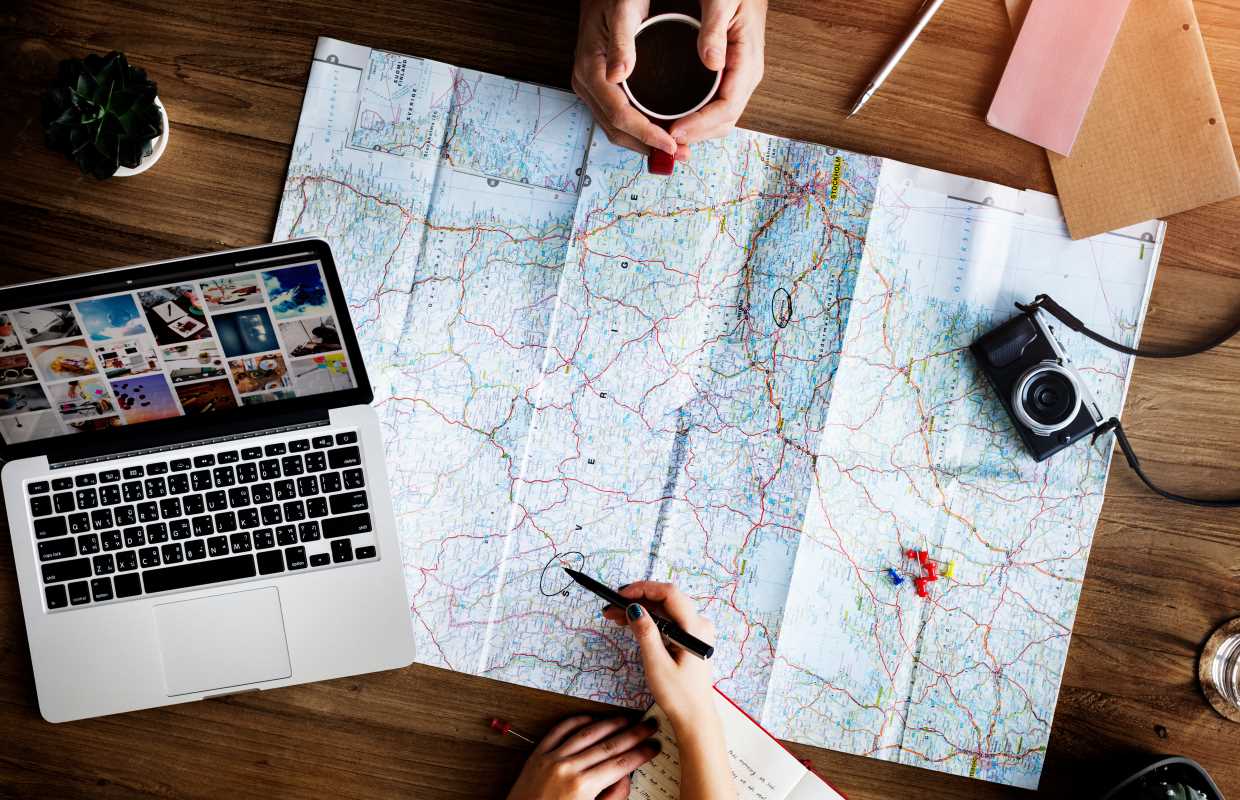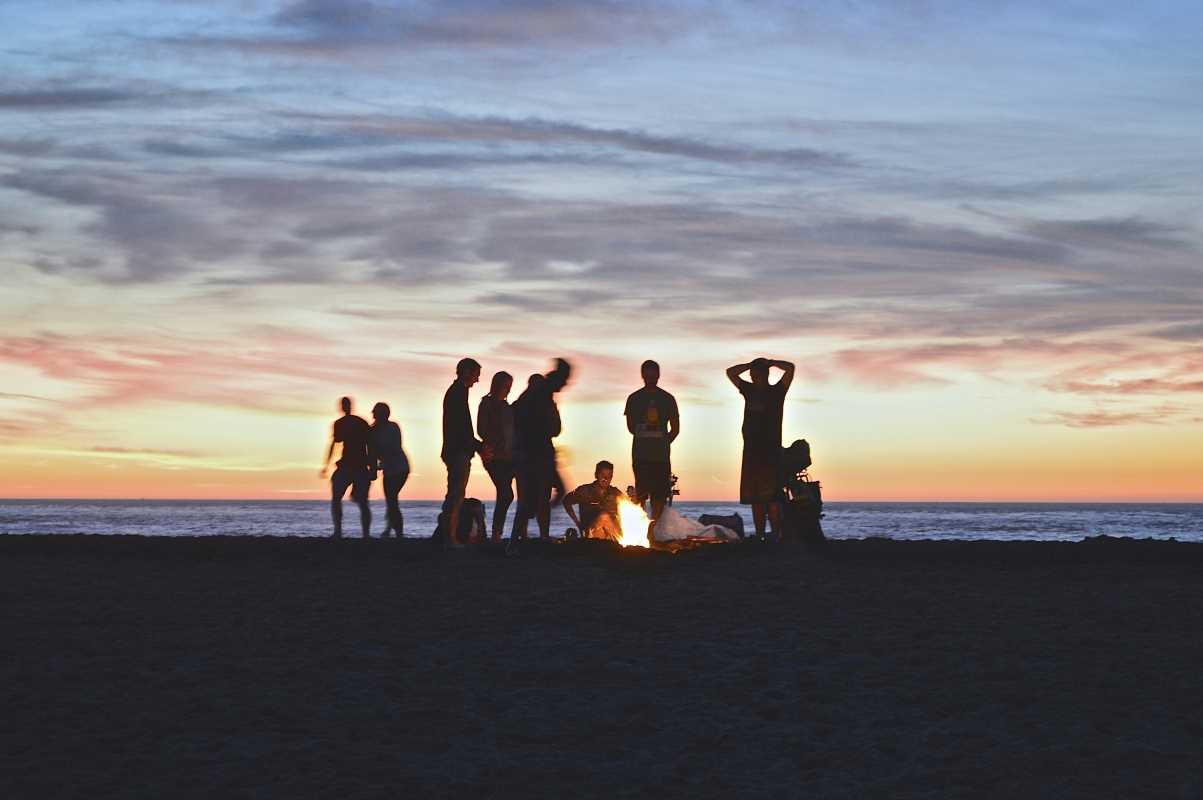Traveling has always been about exploring new horizons, but our journey has significantly changed in recent years. Slow travel is a philosophy that emphasizes quality over quantity, allowing travelers to immerse themselves deeply in the places they visit. In the aftermath of the pandemic, this approach has gained remarkable traction, reshaping how we perceive and experience travel.
As the world slowly recovers from unprecedented disruptions, many have reevaluated their travel habits. The appeal of slow travel lies in its promise of more meaningful and sustainable journeys. By taking the time to connect with local cultures, savoring each moment, and minimizing environmental impact, travelers are finding a renewed sense of purpose and fulfillment in their adventures.
The Rise of Slow Travel Post-Pandemic
The COVID-19 pandemic forced millions to pause their travels, leading to a collective introspection about the purpose and impact of tourism. As restrictions lifted, the desire to travel didn't diminish—but the mindset shifted. Travelers began seeking experiences that went beyond ticking off destinations from a list. This shift gave rise to slow travel, which advocates for taking time to explore a single location thoroughly rather than rushing through multiple spots.
Economic and environmental considerations also played a role in this trend's emergence. Many realized that mass tourism often leads to overcrowding and strains local resources. In response, travelers are now prioritizing sustainable practices, choosing destinations and travel styles that support local economies and preserve natural landscapes. This mindful approach aligns perfectly with the principles of slow travel, making it a preferred choice in the post-pandemic era.
Benefits of Slow Travel
- Personal Growth: Slow travel allows individuals to step out of their comfort zones, fostering personal development through immersive experiences.
- Cultural Connection: Spending extended time in a single location enables deeper interactions with locals, providing authentic insights into their traditions and way of life.
- Environmental Sustainability: By reducing the frequency of travel and opting for eco-friendly modes of transportation, slow travelers minimize their carbon footprint.
- Financial Savings: Extended stays often lead to cost savings through discounts on accommodations and reduced travel expenses.
- Enhanced Well-being: A slower pace reduces stress, allowing travelers to fully relax and rejuvenate during their journeys.
Practical Tips for Embracing Slow Travel
- Choose Extended Stays: Opt for longer accommodations like vacation rentals or local guesthouses to fully immerse yourself in the community.
- Travel Light: Packing minimally helps you move at a leisurely pace and reduces the burden of heavy luggage.
- Immerse in Local Culture: Participate in local events, try regional cuisines, and learn about the history and traditions of your destination.
- Use Sustainable Transport: Prefer walking, cycling, or using public transportation to explore your surroundings responsibly.
- Plan Less, Explore More: Allow flexibility in your itinerary to discover hidden gems and unexpected adventures along the way.
- Engage with Locals: Build meaningful connections by interacting with residents, which can lead to unique and personalized experiences.
- Practice Mindfulness: Take time to reflect and appreciate each moment, enhancing the overall quality of your travel experience.
Popular Slow Travel Destinations
Several destinations around the world have become hotspots for slow travelers seeking tranquility and authenticity. The serene landscapes of New Zealand offer endless opportunities for hiking and connecting with nature, while the charming villages of Portugal provide a glimpse into traditional Iberian life. In Asia, the laid-back ambiance of Chiang Mai, Thailand attracts those looking to explore temples and local markets at a relaxed pace.
European cities like Florence, Italy and Porto, Portugal are perfect for art and wine enthusiasts who wish to savor each experience without the rush. Additionally, coastal regions such as Amalfi Coast in Italy and the Costa Rica offer breathtaking views and opportunities for slow-paced adventures like kayaking and wildlife watching. These destinations embody the essence of slow travel, allowing visitors to fully engage with their surroundings.
Challenges and Solutions
While slow travel offers numerous benefits, it’s not without its challenges. One common obstacle is the preconceived notion that traveling for extended periods is expensive. However, with careful budgeting and choosing cost-effective accommodations, it's possible to enjoy slow travel without breaking the bank. Additionally, some destinations may lack the infrastructure to support long-term stays, but researching and planning ahead can help mitigate these issues.
Another challenge is managing personal expectations, especially for those accustomed to fast-paced travel itineraries. Embracing a slower pace requires patience and a willingness to adapt. To overcome this, travelers should focus on setting realistic goals and celebrating small discoveries along the way. Building a flexible itinerary that allows for spontaneous activities can also enhance the slow travel experience, making it more enjoyable and less stressful.
Slow travel encourages a mindful approach to exploring the world, fostering deeper connections and more meaningful experiences. By prioritizing quality over quantity, travelers can enrich their lives and contribute positively to the communities they visit. Whether you're seeking personal growth, cultural immersion, or environmental sustainability, slow travel offers a fulfilling and enriching way to navigate the post-pandemic world. Consider embracing this thoughtful approach in your future journeys and discover a new dimension of travel that truly resonates with your values and aspirations.
 (Image via
(Image via




.jpeg)
